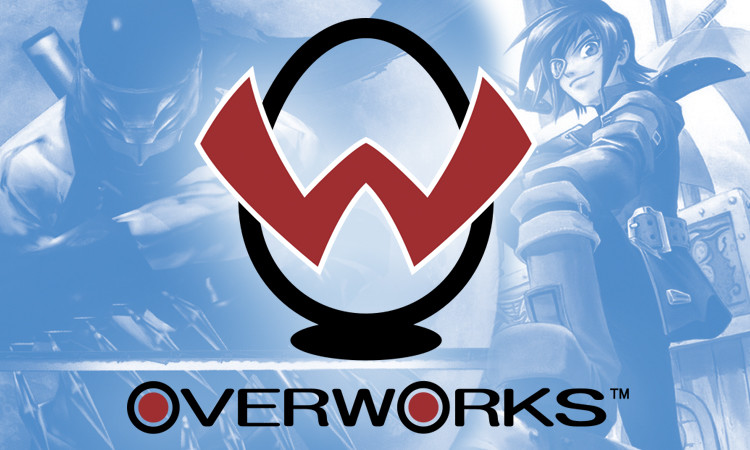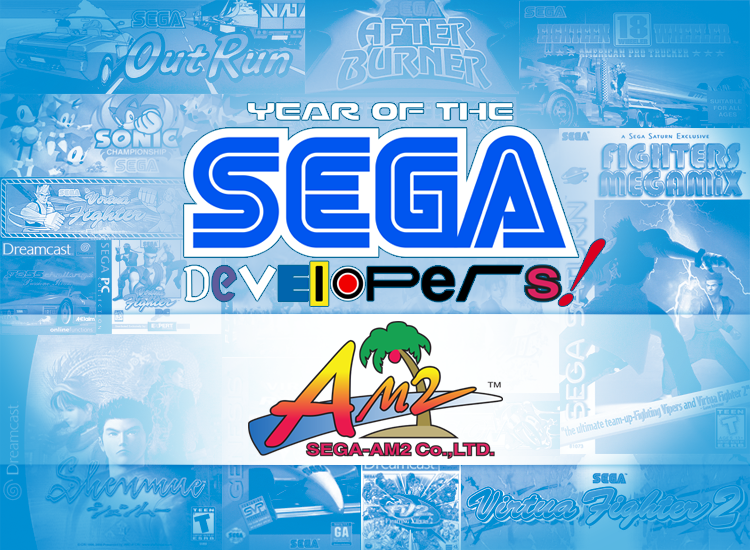Developer Retrospective: The winning combination of SEGA and Compile

As summer winds down, we thought it would be the ideal time to shift the focus of our Year of the Developers feature to third party Japanese developers who have worked with SEGA in the past to bring us countless classics. We are, of course, referring to the legendary developers Compile, Treasure and Westone. While these three developers existed on their own outside of SEGA, their collaborations with our favorite company utilizing beloved SEGA home console and arcade hardware went a long way in cementing their statuses as some of the best third party developers of the 80s and 90s.


 As we hit the halfway point of the
As we hit the halfway point of the 










